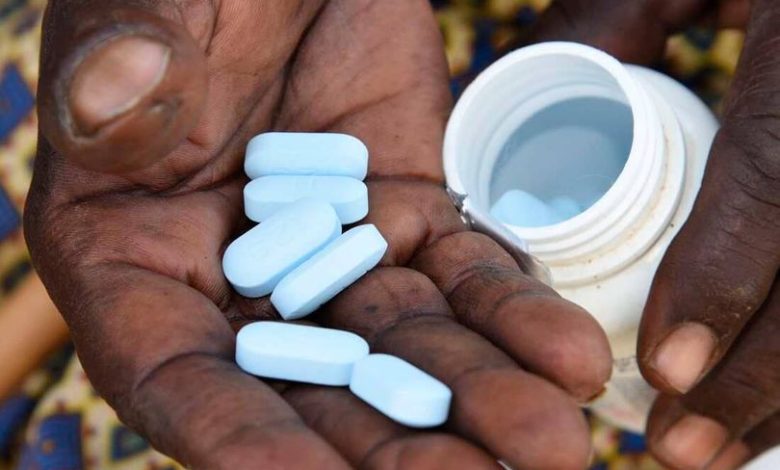Global HIV Drugs Market: Forecasted Growth and Key Players in the Fight Against HIV/AIDS

The global HIV drugs market is poised for significant growth, with Technavio projecting a substantial increase in market size by USD 10.47 billion from 2023 to 2027. This growth is driven by a compound annual growth rate (CAGR) of 5.46% during the forecast period. North America, which held the largest share of the global market in 2022, is expected to witness a considerable incremental growth of 49%.
The landscape of the HIV drugs market is characterized by numerous players who are capitalizing on this growth trend through strategic measures such as alliances, partnerships, mergers, and acquisitions. Key vendors in this market include AbbVie Inc., Aspen Pharmacare Holdings Ltd, Aurobindo Pharma Ltd., Boehringer Ingelheim International GmbH, Bristol Myers Squibb Co., Cipla Ltd., Emcure Pharmaceuticals Ltd., Gilead Sciences Inc., GlaxoSmithKline Plc, Hetero Labs Ltd., Johnson and Johnson Services Inc., Lupin Ltd., Macleods Pharmaceuticals Ltd., Merck and Co. Inc., Strides Pharma Science Ltd., Sun Pharmaceutical Industries Ltd., Teva Pharmaceutical Industries Ltd., Torrent Pharmaceuticals Ltd., Viatris Inc., and Cadila Pharmaceuticals Ltd.
The HIV drugs market encompasses a wide range of pharmaceutical products designed to manage and treat HIV infections. These medications are crucial for managing the prevalence of HIV, especially in regions with high infection rates. New product launches continue to drive innovation in the market, with imports and exports playing a significant role in the healthcare products industry. Early detection of HIV is crucial for effective treatment with HIV medications, and various testing procedures are available for diagnosis.
Key drivers of the HIV drugs market include the increasing prevalence of HIV worldwide, rising numbers of new HIV infections, and expanding high-risk populations. HIV medications target different stages of the infection, and patients require regular access to these drugs to maintain CD4 cell counts and prevent the progression of HIV to AIDS.
However, the market also faces challenges, such as the emergence of drug resistance due to the high mutation rate of HIV. Treatment failure can compromise the effectiveness of HIV medications, highlighting the importance of adherence to prescribed treatment regimens and adequate drug potency. Continuous innovation and new product launches are essential to address the prevalence of HIV infection effectively.
Overall, the HIV drugs market presents significant opportunities for growth, driven by increased access to life-saving antiretroviral therapy (ART) for people living with HIV. Increased funding and resources from governments, international organizations, and NGOs have improved healthcare systems and infrastructure, enabling the production and distribution of generic versions of HIV medications. Market players across various distribution channels, including hospital pharmacies, drug stores, retail pharmacies, and online pharmacies, facilitate the import and export of HIV medications, ensuring their availability to the patient population.





